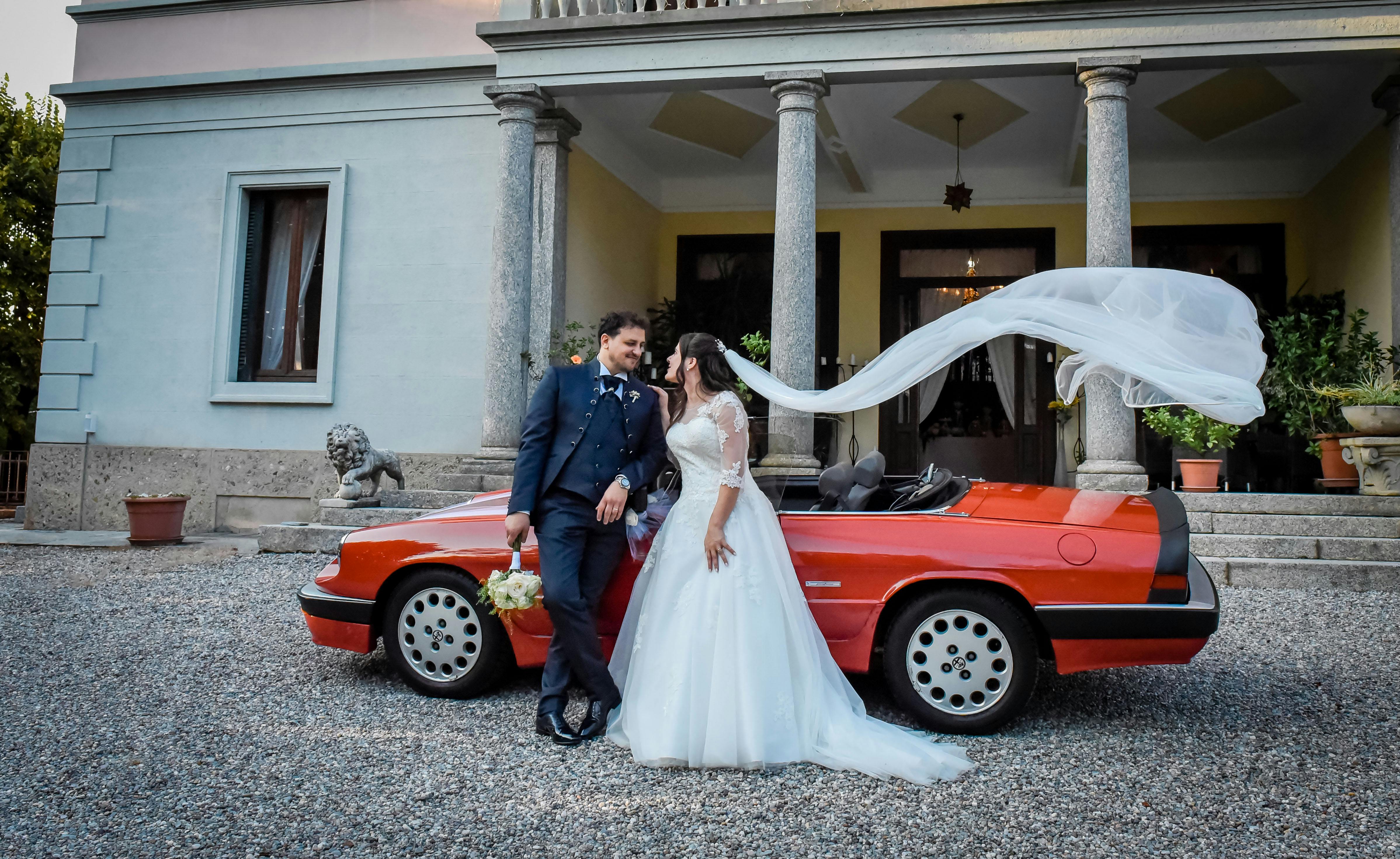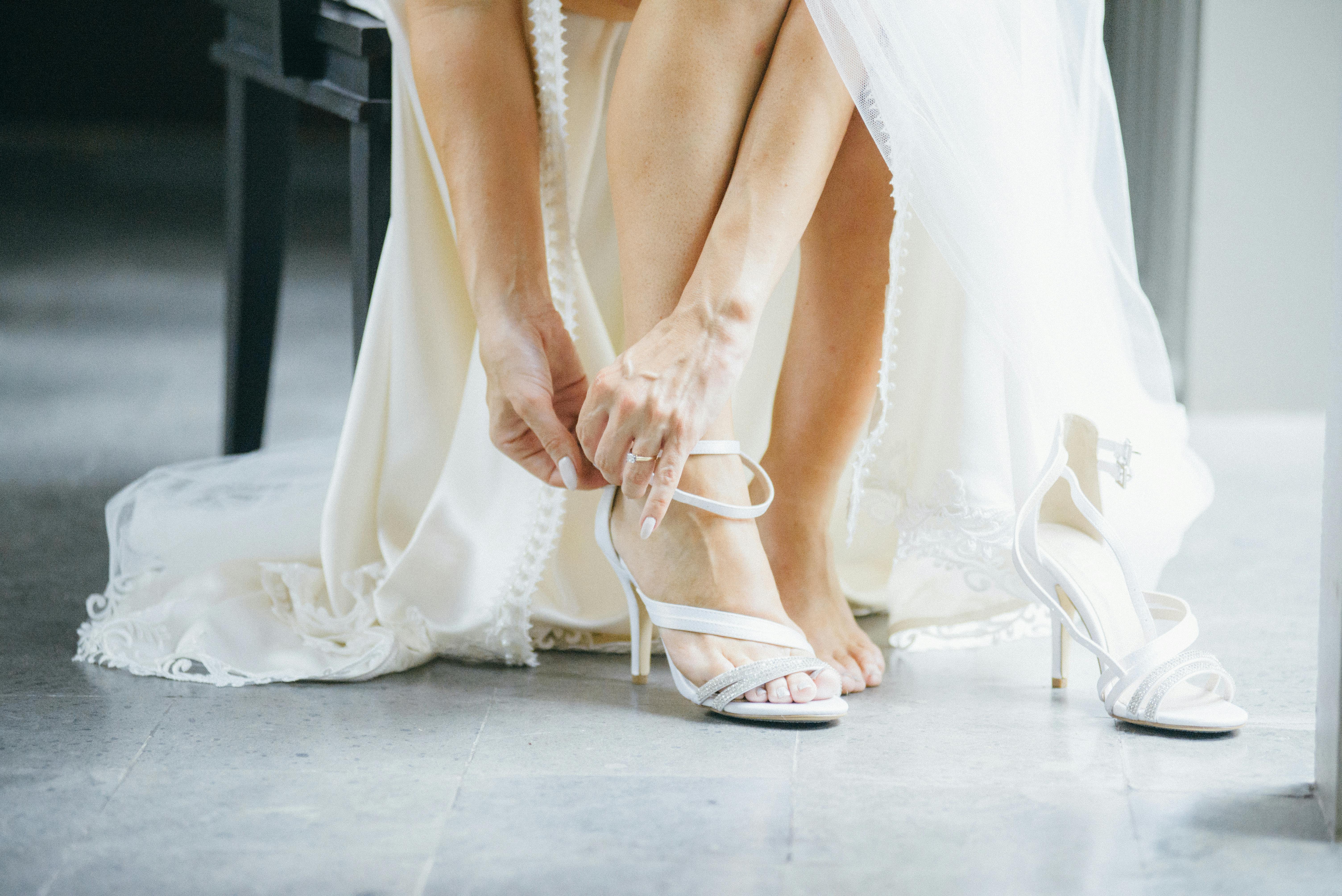How to Plan a Bilingual Wedding Ceremony That Feels Inclusive to All

Weddings are about joining two people together — but they also join together two families with distinct cultures, backgrounds, beliefs, languages. As if planning the big day isn’t overwhelming enough, with decisions about everything from the venue and flowers to the invitations and cake, multilingual couples have a few extra details to consider.
If your guest list contains speakers of other languages, it’s only natural to be concerned about communication glitches. But incorporating a bilingual ceremony can be a beautiful tribute to both of your cultural identities, and keep all guests included in the moment.
“A wedding is a celebration of both people, so incorporating various traditions or languages can really make it feel that much more special,” adds event planner Lauren Delaney of Delaney & Co. Events. A few small ones can majorly contribute to making your wedding feel inclusive and intentional.
Here are specific, practical steps to help you plan a bilingual wedding ceremony that is respectful, heartwarming and memorable.
Build a Website That Speaks Two Languages
Plan a multilingual wedding website that tells your love from both sides.
Include them both from the get go. A bilingual wedding website makes guests feel included and in the know from the get-go. Is there a method for adding logistical details (venue, time, dress code) in both languages? It’s also the perfect place to explain any cultural traditions or special touches you might be incorporating into the ceremony.

Subsidize with a Bilingual Program
If your ceremony will be in one or both languages, ensure your guests can keep up. “It’s just an easy thing to do to show everybody what’s happening, having the program printed in both languages,” Delaney says. – You could either make two sets for each language OR just throw a translation under or next to each one.
Translate Vows and Readings
Look at printing a translation for guests who do not speak it fluently if your readings or vows will be in a single language. Better yet, partner with someone bilingual (not with a machine translation engine) so that your message is captured with the right nuance and tone. It’s these little gestures that help ensure that every guest feels included.
Hire a Bilingual Officiant or Live Translator
If you feel a ceremony would seem more natural for you in English or Spanish and also that this would enable the other side of your family to understand better, consider hiring a bilingual officiant who can conduct the ceremony in the language of your choice, regardless of the language of family and guests — or consider hiring someone to translate the ceremony in real time.
When speaking lots of languages, it’s easy to see how a bilingual officiant can really be helpful. “If the officiant can repeat important lines in both languages, it makes everyone feel included,” Delaney says.
Or you could employ a live translator. Some professional interpretation services can provide real-time translations using wireless headsets — the kind you have probably seen at a diplomatic meeting — which could be absolutely magical at your ceremony.
Keep Your Readings Short and Sweet
Even for those fluent with translation, attention spans can falter — particularly when visitors may not understand the language being spoken. Try to keep the readings short and deliberate in order to facilitate optimal cross-linguistic engagement.

Share Vows in Both Languages
Learning the language of your partner? Both authoursilities can be extremely romantic and meaningful to share your vows in. You might read each vow in both languages, or in alternate languages. Either way, having the full text in both versions in your program will guarantee that all of your guests will be able to know what you are expressing to them.
Translate Key Words Throughout the Ceremony
Even if your ceremony is predominantly in one language, translating a few key moments — “With this ring, I thee wed” or “You may now kiss” — can have a big impact. Hearing the meaningful lines in both languages makes all the guests feel involved in the celebration, not just witnesses.
Employ Bilingual Signage Throughout the Day
From welcome signs and directions to the ceremony to arrows and reception décor, let everyone know. "Clear, bilingual signage on being inclusive to all helps make guests feel more included and informed," says Delaney. You can translate text, or rely on internationally understood icons to help explain.
Final Thoughts
Setting up a bilingual wedding ceremony doesn’t have to be confusing or complicated. With some thoughtful additions, you can make it a warm, inclusive space that celebrates both of your cultures — and makes your welcome every guest feel comfortable. Whether you’re mixing languages, traditions or both, your ceremony will be immeasurably richer for the added diversity.


